Touch screens have become a dominant user input method, especially with the rise of smartphones like the iPhone. A superior interface can offer a significant competitive edge in the market. However, for other applications, challenges such as security concerns, distractions, and usability issues must also be addressed.
Across various industries—from industrial to commercial and consumer sectors—users are always looking for better human-machine interfaces. One of the most promising advancements is tactile feedback, which offers immediate and accurate confirmation to users. This feature enhances user experience and satisfaction while simplifying product design by offering intuitive cues.
This article explores how haptic technology can be integrated into touch activation interfaces to improve performance and user engagement.
Current Status
Modern touch interfaces that provide tactile feedback rely on actuators to create physical sensations. The development of actuator technology and control systems has made it possible to support a wide range of touch devices, from small mobile phones to large touch monitors. Additionally, the processing power required for haptic systems is minimal, making them widely adoptable and cost-effective.
Working Principle
A common belief is that full button movement is necessary for effective haptic feedback. However, human fingers are highly sensitive. Studies show that even small movements combined with proper acceleration can be detected. At an acceleration of 1.5g or more, just 0.1mm of movement can be perceived as a response.
However, 1.5g is not enough for the best haptic effect. Stronger acceleration and displacement produce more noticeable feedback. These effects can be visualized using phase portraits, which illustrate how haptic signals translate into mechanical motion when properly implemented.
Solution
A typical haptic system includes: (1) an actuator, which could be a DC motor or a custom device, (2) haptic control software, either embedded or running on a separate processor, (3) a library of haptic effects, and (4) a programmable API to call these effects from the main application. Any failure in these components can lead to poor haptic performance.
Execution Mechanism
The best approach is to use actuators specifically designed for haptic feedback. Reusing general-purpose motors or solenoids often leads to suboptimal results. Haptic actuators convert controller signals into mechanical motion based on specific phase diagrams. They must also meet strict requirements for power, efficiency, and reliability.
Two common actuators used in mobile devices are ERM (Eccentric Rotating Motor) and LRA (Linear Resonant Actuator). For larger touchscreens, actuators like Immersion A100 and A300 are more suitable.
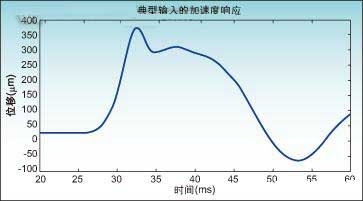
Figure 1: Displacement vs. time for A300 actuator
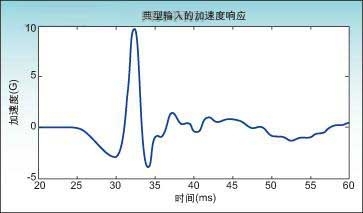
Figure 2: Acceleration vs. time for A300 actuator
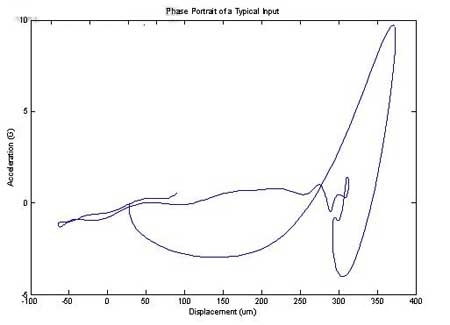
Figure 3: Phase diagram of A300 (acceleration vs. displacement)
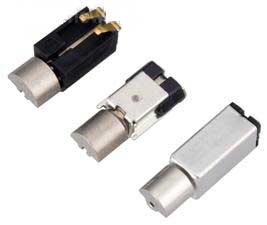
Figure 4: ERM motor using eccentric mass for tactile feedback

Figure 5: A100 haptic actuator
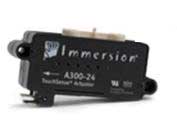
Figure 6: A300 haptic actuator
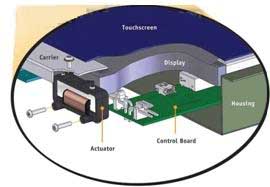
Figure 7: Proper actuator placement ensures efficient energy transfer to the fingertip
All actuators should be optimized for high force with minimal displacement. Their selection must meet performance and durability standards. The number and type of actuators depend on the size, weight, and design of the touch screen.
Improper use of solenoids or motors can lead to poor haptic performance, including delayed responses, excessive movement, or lack of precision. Poor installation can also cause resonance issues, which may affect both the interface and the overall system.
Proper installation allows the actuator to transmit motion effectively to the user’s fingertips. The display is mounted on a base with a flexible seal, and the actuator serves as a primary attachment point, enabling the touch surface to "float" and maximize energy transfer.
Control System
Haptic control is achieved through software and circuitry that processes touch inputs and sends appropriate commands to the actuator. The system should be optimized for the actuator’s specifications and ideal phase diagrams, ensuring a clear and non-distracting response. A processor with at least 0.25 MIPS and a suitable amplifier are essential for reliable performance.
Haptic Effect Library
A well-designed haptic library offers a variety of effects, helping users distinguish between different controls. It should allow designers to test and choose the best options for their applications. A good development system provides an easy way to preview and integrate haptic effects.
Programming Interface
A simplified API enables developers to call haptic effects from the main program, streamlining integration. Tools like those from Immersion offer multiple programming options, including Windows ActiveX controls, cross-platform APIs, and support for custom interfaces. Sample code and detailed guides help speed up the development process.
Today’s haptic interfaces enhance user interaction by providing more natural and satisfying feedback. With mature technology and widespread adoption, haptic systems offer a powerful way to improve touch-based interactions. By following best practices, designers can ensure optimal performance, intuitive control, and a more engaging user experience.
7/8" series Connection Cable provides a wide range of metric for power supply .The ingress protection is available and rated to IP 67, these connectors are ideally suited for industrial control networks where small Sensors are required. Connectors are either factory TPU over-molded or panel receptacles supplied with sold-cup for wire connecting or with PCB panel solder contacts. Field attachable / mountable connector is also available for your choice.
7/8" Bulkhead Connector,7/8" connector Cable,7/8" Power Connector cable,Power Connector male to female
Kunshan SVL Electric Co.,Ltd , https://www.svlelectric.com